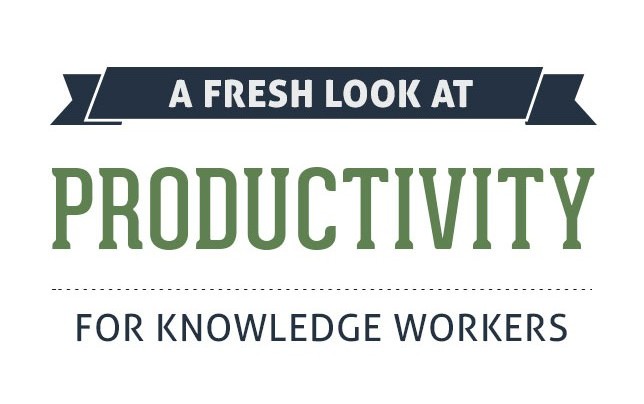In my work as a productivity coach and consultant, I’m seeing a shift in how people are thinking about productivity.
Yes, organizations are seeking to become more productive, but they also realize there’s more to being productive than just working harder and producing more.
So what is productivity?
The dictionary definition of productivity is “A measure of the efficiency of a person, machine, factory, system, etc., in converting inputs into useful outputs.”
It’s useful if we were in the industrial era where the goal of the factory & businesses is to efficiently produce more output with the least resources.
But translating this into knowledge workers, more is not better. More can become:
- Tiring
- Exhausting
- Frustrating
- Stressful
Energy-sucking
We’ve experienced that our best work doesn’t come from operating in these states.
“Your ability to generate power is directly proportional to your ability to relax.”
David Allen
Applying the old definition of productivity to knowledge workers is like getting them to run on a treadmill to reach some desired destination, but never getting there.

So let’s ask another question. What are we really after?
What we’re really after is to channel our creativity to the best choice we can make in the moment that aligns with our purpose (or Organization’s purpose).
Knowledge workers do their best when they can access their creativity & intuition.
How do we get to this level of productivity?
Let’s start with understand what work is. When you think of your work, what comes to mind?

Do you see it as a series of incomplete actions that need to get done?
And do you get stressed when you think about them because of competing priorities, surprises, interruptions and deadlines?
This is how most people look at work.
I want to invite you to look at work differently. Think of work as “flow”.
When work is flow, there is a start and end to it. It starts with a “thought” and ends with a “desired outcome”. For example, you may have an idea to write a blog post and
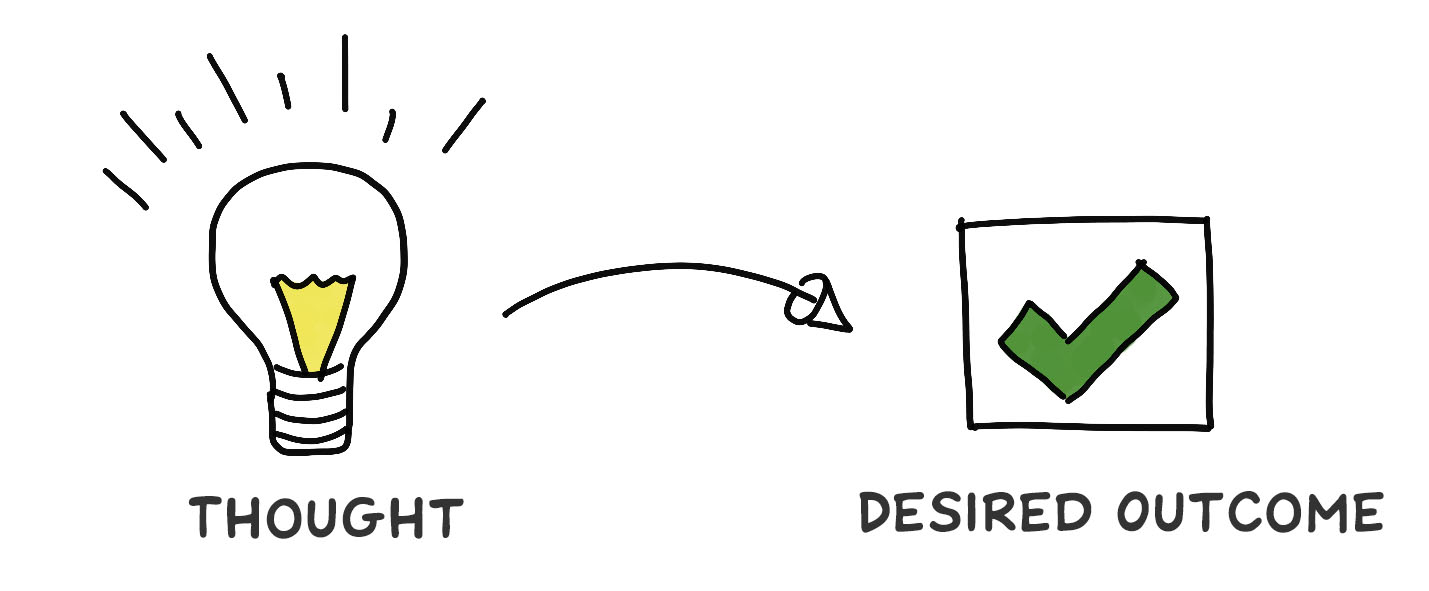
However
If publishing a blog post is the desired outcome, it’s probably preceded by drafting an outline, finding an image, submitting it for review and finally publishing it.
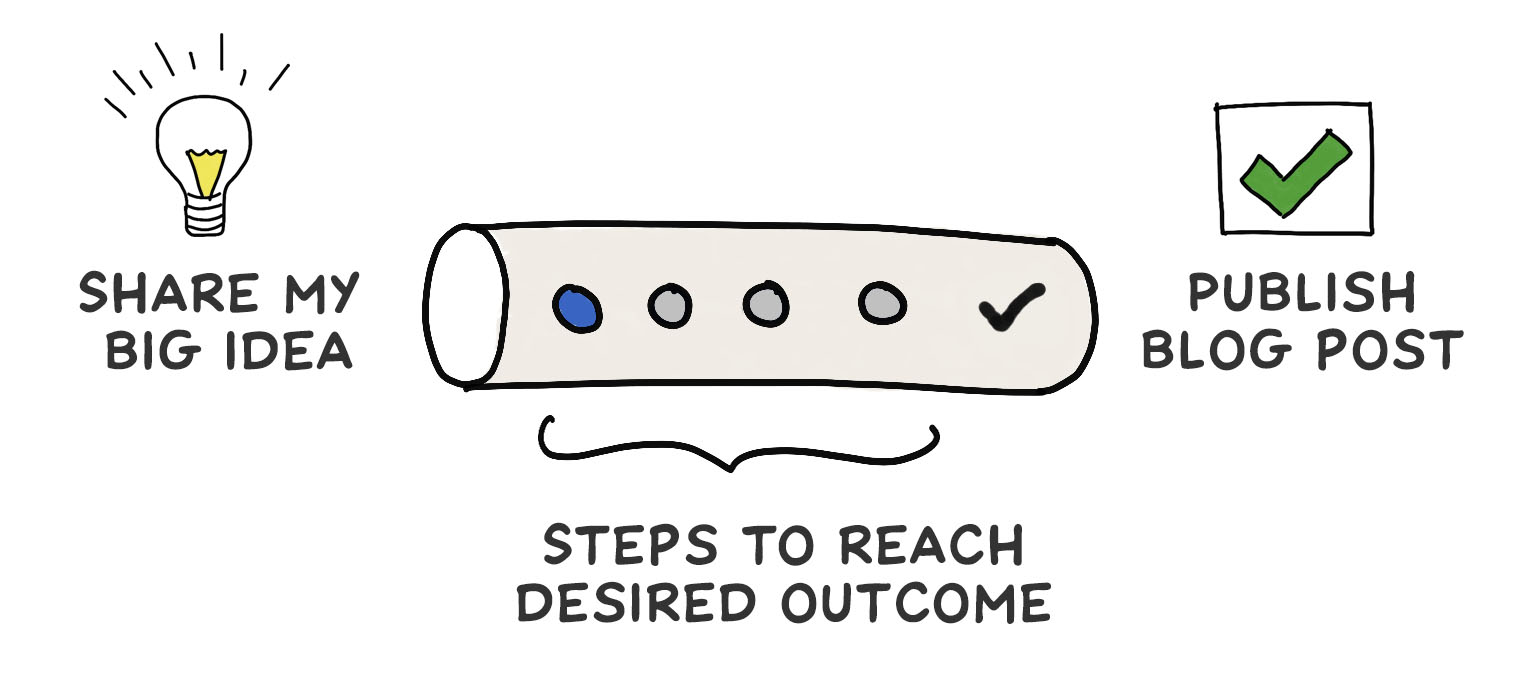
So if work is flow, what are the blocks that come in your way of getting things done?
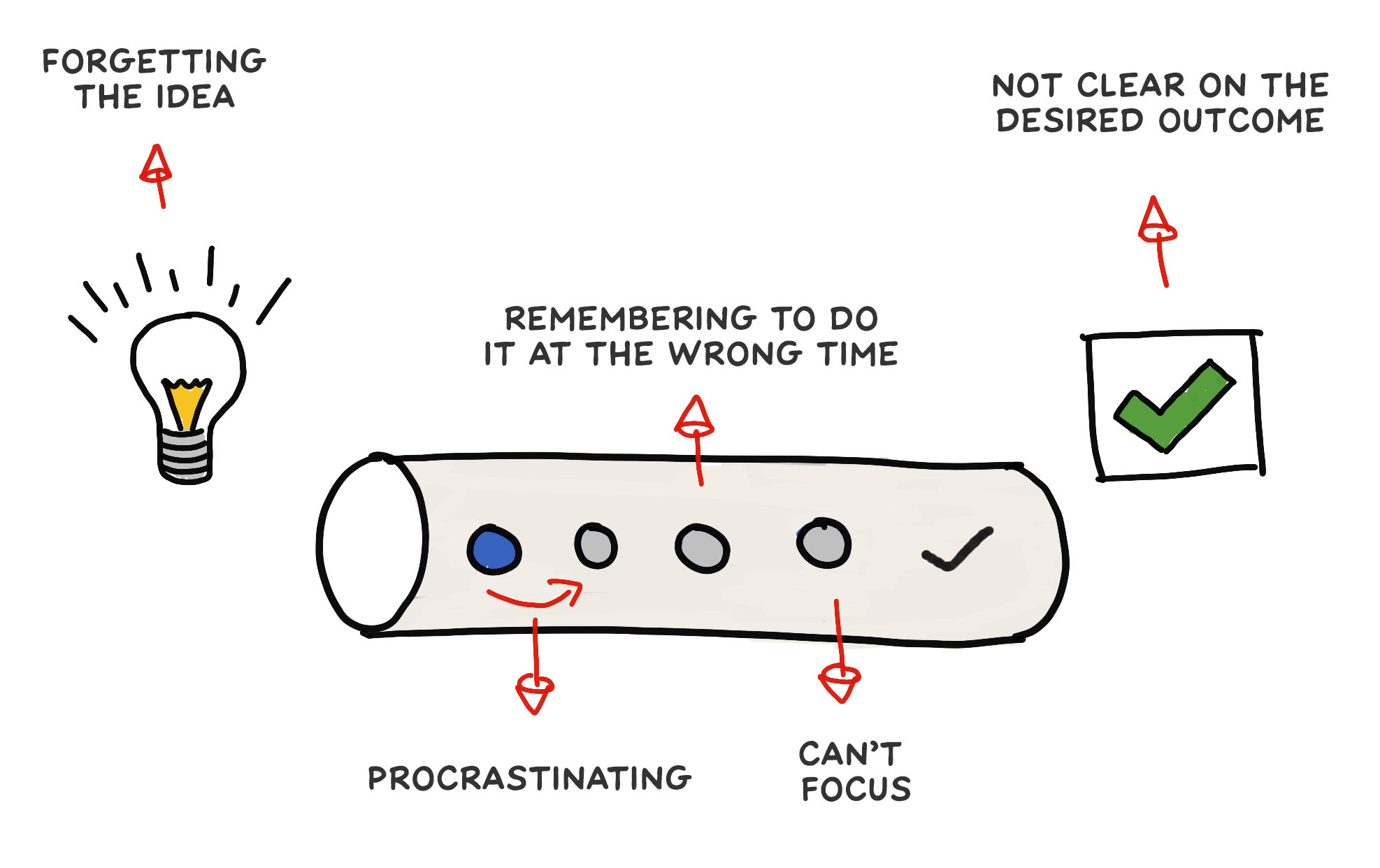
- You forget the thought of what you were supposed to work on
- You know what you have to work on, but you procrastinate
- You don’t remember to take action at the right time.
- You’re not able to focus on the action
- Not clear on the desired outcome
This may be for just one of your commitments. While you have several commitments at any given time:
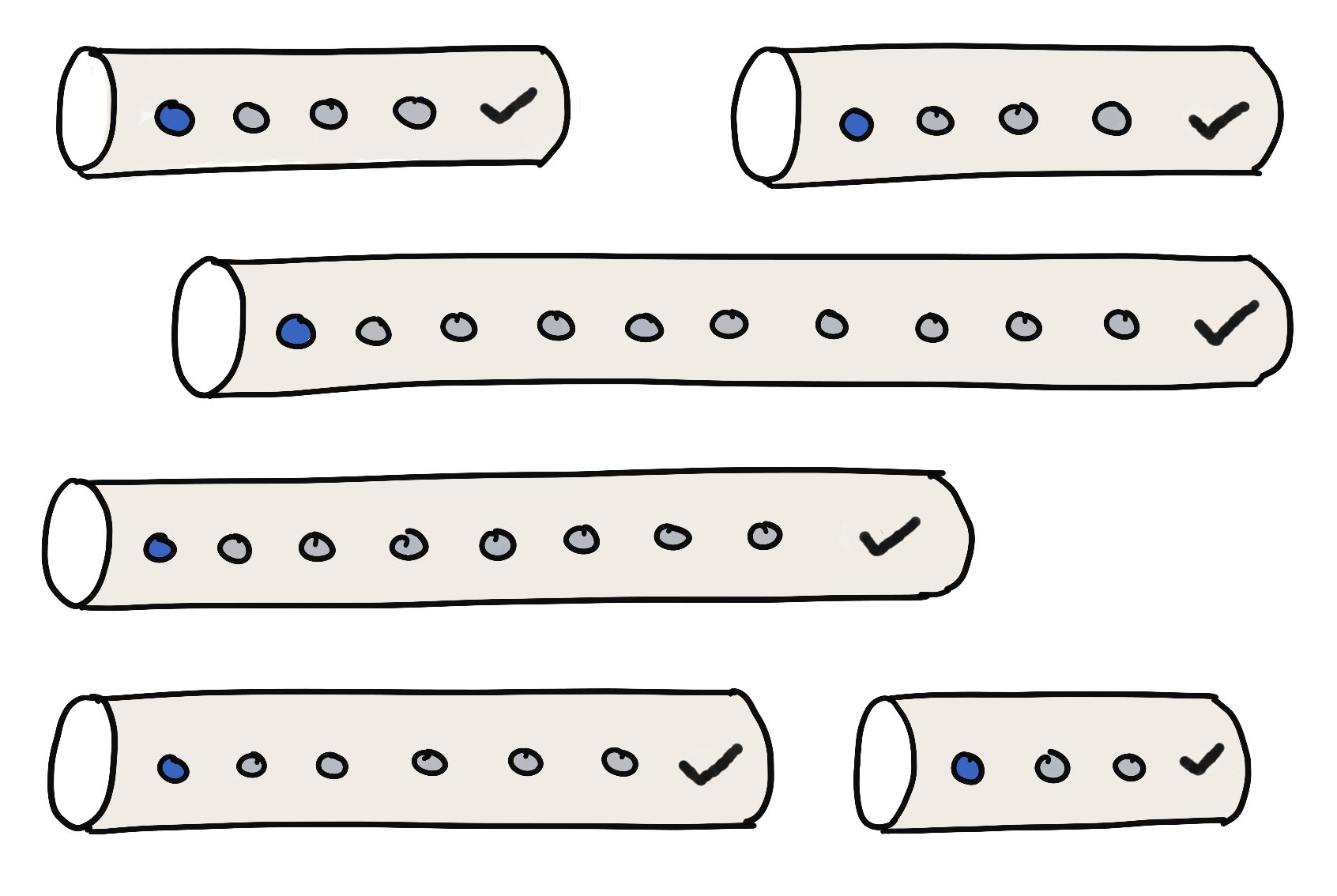
What makes it worse, is you’re using your mind to track your commitments, which is the worst place ‘cause your conscious mind can track only 4 things at a time.

If you don’t have an approach to deal with the flow of life’s work, you end up doing the latest and loudest task, instead of making trusted choices.
Design Your Workflow Using Getting Things Done® (GTD®).
Getting Things Done is a design approach to the flow of life’s work. What’s the goal of GTD? It’s not about doing more work and tiring yourself even further.
The goal is to give you perspective of your available options, to make the right choice at any given moment.
So how do we get to this place?
Here are the 5 steps of GTD to get in control of the flow of life’s work:

CAPTURE: Capture everything that has your attention in places that you trust you will get back to. That way you never forget an idea.
Explore Capture

CLARIFY: For each item that you’ve captured, clarify it by identifying the immediate Next Action & the Desired Outcome. This overcomes procrastination because you now have a clear desired outcome to motivate you. And you know the first step to moving forward. Explore Clarify

ORGANIZE: Park the results of what you’ve clarified in a system with clear categories (At Calls, At Computer, At Home, At Office etc). You’re essentially creating maps of what actions get done where. This gives you options to make the best choice. Explore Organize
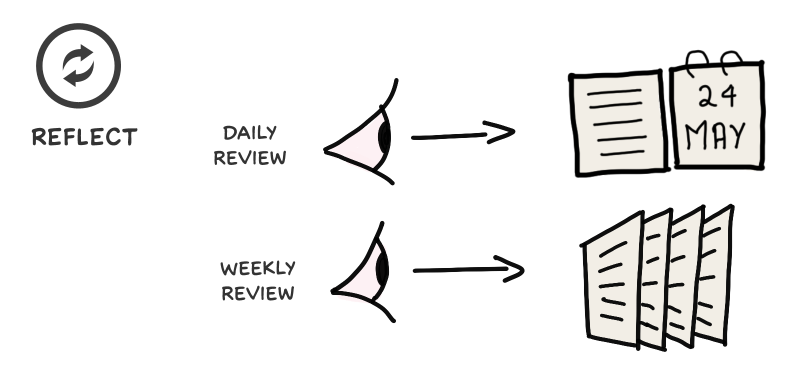
REFLECT: Review your system frequently. When you reflect on all your commitments, you can dynamically prioritize in the face of surprises. Explore Reflect

ENGAGE: You can now apply focus, attention & creativity on the task at hand, instead of reacting to
When you put all these steps together you make trusted choices moment to moment.

Work as Flow
When thinking of work as flow, don’t just optimize each step. But optimize the interaction of each step.
You can be capturing great, but not clarifying, the system will break down. You can be organizing, but if you’re not reflecting, your mind will not trust the system.
It’s important to follow all the steps to be able to make trusted choices from moment to moment.
Watch How Has GTD Improved Their Productivity
So How Do You Get Started With GTD?
Get the GTD® Starter Bundle
The GTD Starter Bundle is for those who need something more than the book to master David Allen’s “Getting Things Done” framework and achieve Stress-Free Productivity.
The Starter Bundle includes: Getting Things Done 2nd Edition Book + 3 Ebooks + David Allen Interview Videos + Next Action Video
Attend a GTD® Public Workshop
Achieve your Personal & Professional Goals without getting stressed. Sign up for a 1.5 day GTD workshop in your city.
Explore 1 on 1 Coaching
We’ll sit desk side with you, introduce & install the Getting Things Done® methodology, custom tailored to your unique preferences.
I believe our work should be an expression of our most creative selves. I work with business owners and their teams to achieve stress-free productivity.

